Home>Gardening & Outdoor>Plant Care & Gardening Tips>How To Take Care Of Pelee Mums
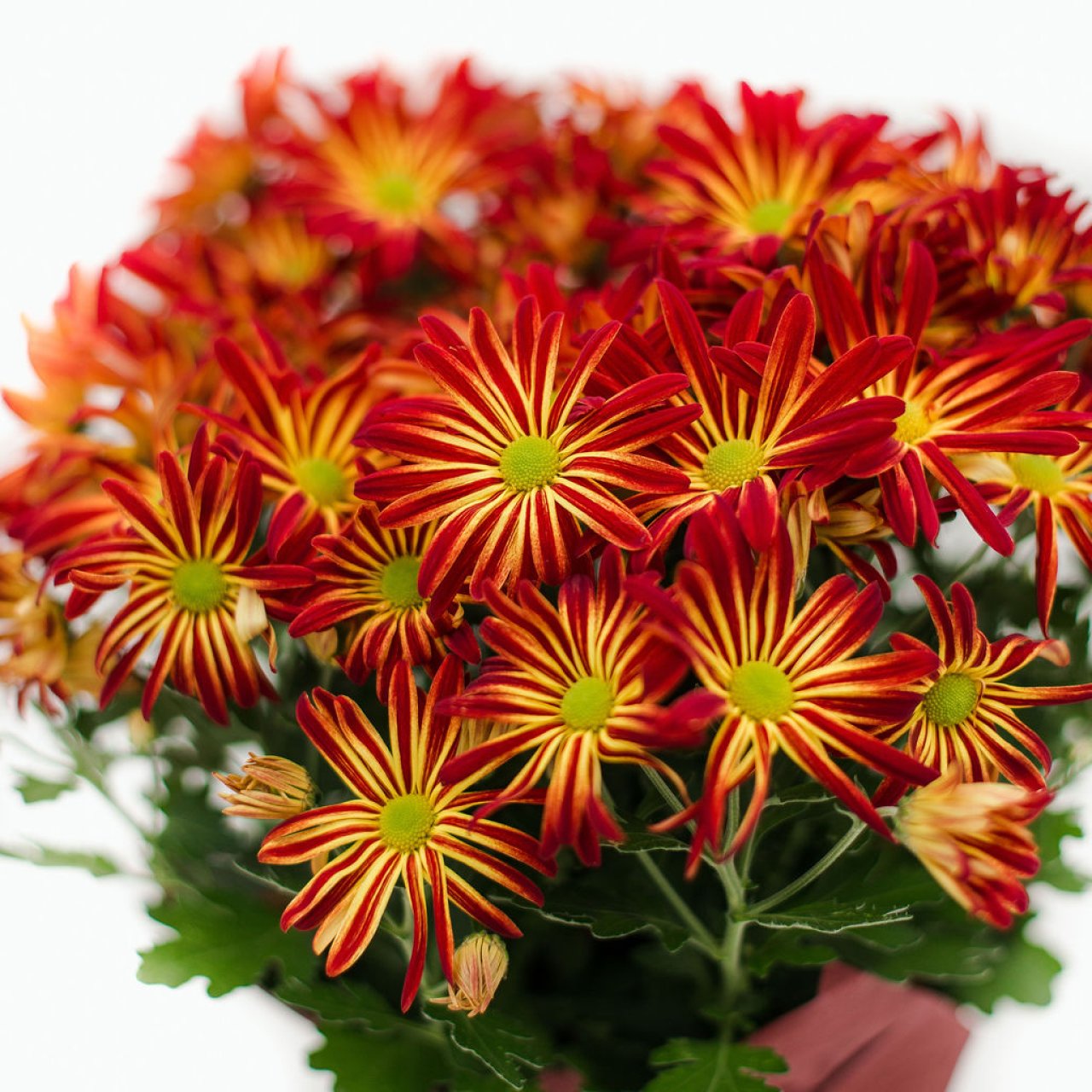

Plant Care & Gardening Tips
How To Take Care Of Pelee Mums
Modified: March 2, 2024
Learn essential plant care and gardening tips for Pelee mums to keep them healthy and vibrant. Discover expert advice on watering, sunlight, and maintenance.
(Many of the links in this article redirect to a specific reviewed product. Your purchase of these products through affiliate links helps to generate commission for Storables.com, at no extra cost. Learn more)
Introduction
Pelee mums, also known as Chrysanthemum 'Pelee', are stunning flowering plants that can bring vibrant colors to any garden or indoor space. These beautiful perennials are cherished for their striking blooms, which come in a variety of hues, including shades of pink, red, yellow, and white. With proper care and attention, Pelee mums can thrive and continue to brighten up your surroundings with their captivating beauty.
In this comprehensive guide, we will delve into the essential aspects of caring for Pelee mums, from selecting the ideal location for optimal growth to protecting them from pests and diseases. Whether you are a seasoned gardener or a novice plant enthusiast, this article will equip you with the knowledge and techniques needed to cultivate healthy and flourishing Pelee mums in your garden or home.
Pelee mums are not only visually appealing but also relatively low-maintenance, making them an excellent choice for both experienced and beginner gardeners. By understanding their specific requirements and implementing the right care practices, you can enjoy an abundance of stunning blooms that will enhance the aesthetic appeal of your outdoor space or indoor environment.
Now, let's embark on a journey to discover the art of nurturing Pelee mums, unlocking the secrets to ensuring their longevity and vitality. With the right guidance and a touch of dedication, you can create a thriving haven for these enchanting flowering plants, allowing them to flourish and grace your surroundings with their resplendent blossoms.
Key Takeaways:
- Pelee mums need sunlight, well-draining soil, and protection from harsh weather. Water deeply but infrequently, and fertilize regularly for vibrant blooms. Prune and deadhead to maintain health and appearance.
- Protect Pelee mums from pests and diseases by using natural remedies and promoting good garden hygiene. Overwinter with mulch, pruning, and shelter to ensure a vibrant resurgence in spring.
Read more: How To Take Care Of Mums In Texas
Choosing the Right Location
Selecting the optimal location for your Pelee mums is a crucial first step in ensuring their overall health and vitality. These vibrant flowering plants thrive in environments that offer a balance of sunlight, moisture, and protection from harsh elements. Here's a detailed exploration of the key factors to consider when choosing the right location for your Pelee mums:
Sunlight Requirements
Pelee mums flourish in areas that receive ample sunlight. When selecting a location, aim for a spot that receives at least six hours of direct sunlight per day. This exposure to sunlight is essential for promoting robust growth and vibrant blooms. However, in regions with scorching afternoon sun, providing some shade during the hottest part of the day can prevent the plants from wilting or becoming stressed.
Soil Quality
Pelee mums thrive in well-draining soil with a slightly acidic to neutral pH level. It's essential to choose a location with soil that offers good drainage to prevent waterlogging, which can lead to root rot. Additionally, enriching the soil with organic matter, such as compost or well-rotted manure, can provide essential nutrients and improve the soil structure, creating an ideal growing environment for your Pelee mums.
Protection from Harsh Elements
While Pelee mums require sunlight, they also benefit from some protection against strong winds and heavy downpours. Select a location that offers a degree of shelter from harsh weather conditions, such as strong gusts and torrential rain. This protection can help prevent damage to the delicate blooms and foliage, ensuring that your Pelee mums remain healthy and visually appealing.
Read more: How To Take Care Of Mums In Florida
Indoor Cultivation
For those cultivating Pelee mums indoors, choosing the right location within the home is crucial. Look for areas with ample natural light, such as near south or west-facing windows, to provide the plants with the sunlight they need for robust growth. Additionally, maintaining a consistent room temperature and avoiding drafts can contribute to the overall well-being of indoor Pelee mums.
By carefully considering these factors and selecting a location that meets the specific needs of Pelee mums, you can create an ideal environment for these stunning flowering plants to thrive. Whether in outdoor garden beds or indoor containers, providing the right location sets the stage for healthy growth and an abundance of captivating blooms.
Watering and Fertilizing
Proper watering and fertilizing are essential components of nurturing healthy and vibrant Pelee mums. By understanding the specific moisture and nutrient requirements of these flowering plants, you can ensure their robust growth and prolific blooming. Here's a detailed exploration of the best practices for watering and fertilizing Pelee mums:
Watering
Pelee mums benefit from consistent moisture levels in the soil, but it's crucial to avoid overwatering, which can lead to root rot and other detrimental conditions. To strike the right balance, aim to water the plants deeply but infrequently. When the soil surface feels dry to the touch, it's typically a good indicator that the plants require watering. However, it's important to assess the moisture levels beneath the surface by gently probing the soil with your finger. If the soil feels dry to a depth of about an inch, it's time to water.
During the growing season, which spans from spring to early fall, regular watering is essential, especially during periods of prolonged dryness. When watering Pelee mums, direct the water at the base of the plants to minimize moisture on the foliage, which can help prevent fungal diseases. Additionally, applying a layer of organic mulch around the plants can aid in retaining soil moisture and regulating temperature, contributing to a healthier growing environment for the mums.
As the autumn season approaches, gradually reduce the frequency of watering to prepare the plants for dormancy. This adjustment helps prevent excessive moisture during the colder months, reducing the risk of root issues. However, it's important to monitor the soil moisture levels and provide occasional watering during dry spells, even as the plants enter dormancy.
Fertilizing
Fertilizing Pelee mums is integral to supporting their growth and enhancing their blooming potential. Before planting, amending the soil with a balanced, slow-release fertilizer can provide the initial nutrients needed for healthy establishment. Once the plants are established, a regular feeding schedule can further promote their vigor and prolific flowering.
During the growing season, apply a water-soluble fertilizer formulated for flowering plants every two to three weeks. This regular feeding regimen provides the essential nutrients, such as nitrogen, phosphorus, and potassium, which are vital for robust growth and abundant blooms. When applying the fertilizer, dilute it according to the manufacturer's instructions and administer it to the soil around the base of the plants, avoiding direct contact with the foliage.
As the flowering season progresses, adjusting the fertilizer application can help sustain the plants' vitality. By reducing the frequency of fertilizing in late summer, you can gradually prepare the mums for dormancy while still providing the necessary nutrients for healthy foliage and bud development.
By adhering to these watering and fertilizing practices, you can provide the optimal growing conditions for your Pelee mums, ensuring their resilience, vigor, and a profusion of captivating blooms. With a mindful approach to moisture management and nutrient supplementation, you can cultivate flourishing Pelee mums that enrich your outdoor space or indoor environment with their stunning beauty.
Read more: How To Take Care Of Mums In The Winter
Pruning and Deadheading
Pruning and deadheading are essential practices for maintaining the health, appearance, and blooming capacity of Pelee mums. By understanding the techniques and benefits of these tasks, you can promote vigorous growth and prolong the flowering period of these captivating plants.
Pruning
Pruning plays a pivotal role in shaping the growth of Pelee mums and ensuring their overall vitality. In early spring, as new growth emerges, it's beneficial to prune the plants to encourage bushier and more compact growth. Using clean and sharp pruning shears, trim the stems back by about half, focusing on the top growth to stimulate lateral branching. This process helps create a fuller and more robust plant structure, ultimately leading to an abundance of blooms.
Additionally, throughout the growing season, inspect the plants regularly for any damaged, diseased, or dead foliage. Promptly removing such foliage not only enhances the aesthetic appeal of the mums but also prevents the spread of diseases and conserves the plant's energy for healthy growth. When pruning, make clean cuts just above a set of healthy leaves or nodes to promote new growth and maintain the plant's natural form.
Deadheading
Deadheading, the removal of spent blooms, is a fundamental practice for prolonging the blooming period of Pelee mums and encouraging the development of new flowers. As the blooms fade and begin to wither, it's advisable to deadhead the plants regularly. Using your fingers or pruning shears, snip or pinch off the spent blooms just above the nearest set of healthy leaves or buds.
By deadheading consistently, you prevent the plants from channeling energy into seed production, redirecting their resources toward producing new flower buds. This process not only extends the duration of the blooming season but also promotes a more abundant and continuous display of vibrant blooms.
In addition to deadheading, removing any yellowing or wilting foliage can help maintain the overall health and appearance of the plants. This proactive approach to grooming the mums contributes to a tidy and visually appealing garden or indoor display.
By incorporating regular pruning and deadheading into your care routine, you can optimize the growth and blooming potential of your Pelee mums, fostering a lush and vibrant display of captivating flowers. These practices not only contribute to the plants' aesthetic appeal but also play a crucial role in sustaining their vigor and longevity.
The meticulous attention to pruning and deadheading ensures that your Pelee mums remain healthy, visually striking, and a source of delight throughout the growing season, enriching your outdoor landscape or indoor living space with their resplendent beauty.
Protecting from Pests and Diseases
Protecting Pelee mums from pests and diseases is essential for maintaining their health and ensuring an abundant display of vibrant blooms. These stunning flowering plants are susceptible to various pests and common diseases, but with proactive measures and vigilant monitoring, you can safeguard them from potential threats. Here's a comprehensive exploration of the best practices for protecting Pelee mums from pests and diseases:
Read more: How Do You Take Care Of Mums
Pest Prevention
Implementing preventive strategies is crucial for deterring common pests that can affect Pelee mums. Regularly inspect the plants for signs of aphids, spider mites, and leafhoppers, which are among the most prevalent pests that target these flowering beauties. If detected, consider using natural remedies such as insecticidal soaps or neem oil to combat these pests while minimizing harm to beneficial insects.
Encouraging natural predators, such as ladybugs and lacewings, can also help control pest populations, contributing to a balanced and eco-friendly approach to pest management. Additionally, practicing good garden hygiene by removing debris and fallen leaves can reduce potential hiding spots for pests and disrupt their life cycles, further mitigating infestation risks.
Disease Management
Pelee mums are susceptible to fungal diseases, including powdery mildew and leaf spot, especially in conditions of high humidity or inadequate air circulation. To prevent these diseases, it's essential to promote good air circulation around the plants by avoiding overcrowding and ensuring proper spacing during planting. This allows for efficient drying of foliage and reduces the risk of fungal development.
Applying preventive fungicidal treatments, particularly during periods of high humidity or prolonged rainfall, can help protect the plants from fungal diseases. Additionally, watering the plants at the base and avoiding wetting the foliage can minimize the risk of fungal spore germination, contributing to a healthier growing environment for the mums.
Organic Remedies
Incorporating organic remedies, such as garlic or chili pepper-based sprays, can serve as natural deterrents for pests while minimizing the use of synthetic chemicals. These natural solutions offer an eco-friendly approach to pest control, reducing the impact on beneficial insects and the overall ecosystem. Furthermore, maintaining a balanced and nutrient-rich soil through organic amendments can bolster the plants' natural defenses, enhancing their resilience against diseases.
By adopting these preventive measures and organic remedies, you can create a protective shield around your Pelee mums, fortifying them against potential pest infestations and disease outbreaks. This proactive approach not only safeguards the plants' health but also aligns with sustainable gardening practices, promoting a harmonious coexistence with the surrounding ecosystem.
With a proactive and holistic approach to pest and disease management, you can nurture robust and resilient Pelee mums, ensuring that they continue to thrive and enchant with their resplendent blooms. By prioritizing preventive measures and natural remedies, you can create an environment where these captivating flowering plants flourish, adding a touch of natural beauty to your outdoor landscape or indoor sanctuary.
Overwintering
Overwintering is a critical phase in the care regimen for Pelee mums, ensuring their survival through the colder months and setting the stage for a vibrant resurgence in the following growing season. As the autumn transitions into winter, it's essential to implement specific measures to protect these resilient flowering plants from the harsh conditions and temperature fluctuations. Here's a detailed exploration of the best practices for overwintering Pelee mums, safeguarding their vitality and preparing them for a flourishing return:
Read more: How Long Does It Take To Grow Mums
Insulating with Mulch
Applying a protective layer of mulch around the base of Pelee mums can offer insulation against freezing temperatures and fluctuating winter conditions. Before the onset of winter, once the ground has started to freeze, carefully apply a generous layer of organic mulch, such as straw or shredded leaves, around the plants. This mulch acts as a natural insulator, helping to maintain more stable soil temperatures and protect the plants' root systems from extreme cold.
Pruning and Cleanup
As the growing season draws to a close, it's beneficial to trim back the spent foliage and stems of Pelee mums, promoting a tidy appearance and reducing the risk of disease development during the winter months. However, it's important to avoid cutting the plants back entirely, as some remaining foliage can provide a degree of protection against the cold. Additionally, removing any debris and fallen leaves from the vicinity of the plants can minimize potential hiding spots for pests and diseases, contributing to a healthier overwintering environment.
Providing Shelter
In regions with particularly harsh winter conditions, providing additional shelter for Pelee mums can offer crucial protection against freezing temperatures and strong winds. Constructing simple structures, such as burlap screens or frames, around the plants can help shield them from the brunt of winter weather while allowing essential air circulation. This sheltering approach can mitigate the risk of frost damage and maintain a more stable microclimate around the plants, enhancing their chances of survival.
Monitoring Moisture Levels
During the winter months, it's important to monitor the moisture levels around the Pelee mums, especially in regions with sporadic thaws or winter precipitation. While the plants are in dormancy, occasional watering may be necessary, particularly during prolonged dry spells. However, it's crucial to strike a balance, avoiding excessive moisture that can lead to root issues in the dormant plants. By maintaining a mindful approach to moisture management, you can help ensure the plants' resilience and readiness for the upcoming spring awakening.
Read more: How Do You Take Care Of Fall Mums
Reflecting on the Journey
As the Pelee mums undergo their winter dormancy, it's a time to reflect on the journey of nurturing these captivating flowering plants and anticipate the promise of their vibrant return. Overwintering represents a period of dormancy and preparation, where the plants gather strength and resilience, poised to emerge with renewed vigor and a profusion of stunning blooms in the ensuing spring. By providing the right care and protection during the winter months, you set the stage for a triumphant resurgence, celebrating the enduring beauty and resilience of Pelee mums.
By implementing these overwintering practices, you can safeguard the vitality of your Pelee mums, ensuring that they weather the winter months and emerge ready to dazzle with their resplendent blooms in the approaching spring. This thoughtful approach to overwintering sets the foundation for a flourishing display of these captivating flowering plants, enriching your outdoor landscape or indoor sanctuary with their enduring beauty and vibrant presence.
Conclusion
In conclusion, the art of caring for Pelee mums encompasses a harmonious blend of attentive cultivation, proactive protection, and a deep appreciation for the enduring beauty of these captivating flowering plants. From selecting the ideal location to nurturing them through each season, the journey of tending to Pelee mums is a testament to the rewards of mindful gardening and the joy of witnessing nature's vibrant splendor unfold.
As we reflect on the comprehensive care practices discussed in this guide, it becomes evident that the nurturing of Pelee mums is not merely a horticultural endeavor but a profound connection with the rhythms of nature. The careful selection of the right location, with its balance of sunlight, moisture, and protection, sets the stage for the mums to thrive and grace their surroundings with resplendent blooms.
The attentive approach to watering and fertilizing, coupled with the art of pruning and deadheading, underscores the intimate relationship between the gardener and the plants, fostering a flourishing display of vibrant colors and lush foliage. The diligent protection from pests and diseases, guided by a commitment to sustainable and organic practices, exemplifies a harmonious coexistence with the natural world.
As the seasons transition and the mums undergo their winter dormancy, the thoughtful overwintering practices symbolize a period of anticipation and renewal, heralding the promise of a triumphant resurgence in the forthcoming spring. This journey of nurturing Pelee mums is a celebration of resilience, beauty, and the enduring cycle of life, encapsulating the essence of the gardener's dedication and the plants' graceful vitality.
In the garden or indoor sanctuary, the presence of Pelee mums transcends mere aesthetics, becoming a testament to the enduring allure of nature's creations and the profound connection between humans and the botanical realm. The vibrant blooms and lush foliage of these captivating plants serve as a reminder of the transformative power of nurturing and the timeless beauty that unfolds through the art of cultivation.
As we embrace the art of caring for Pelee mums, we embark on a journey that transcends the boundaries of gardening, weaving a tapestry of natural splendor, resilience, and the enduring cycle of life. Through our attentive care and unwavering dedication, we become stewards of beauty, nurturing the vibrant spirit of the mums and celebrating the timeless allure of nature's creations.
Frequently Asked Questions about How To Take Care Of Pelee Mums
Was this page helpful?
At Storables.com, we guarantee accurate and reliable information. Our content, validated by Expert Board Contributors, is crafted following stringent Editorial Policies. We're committed to providing you with well-researched, expert-backed insights for all your informational needs.
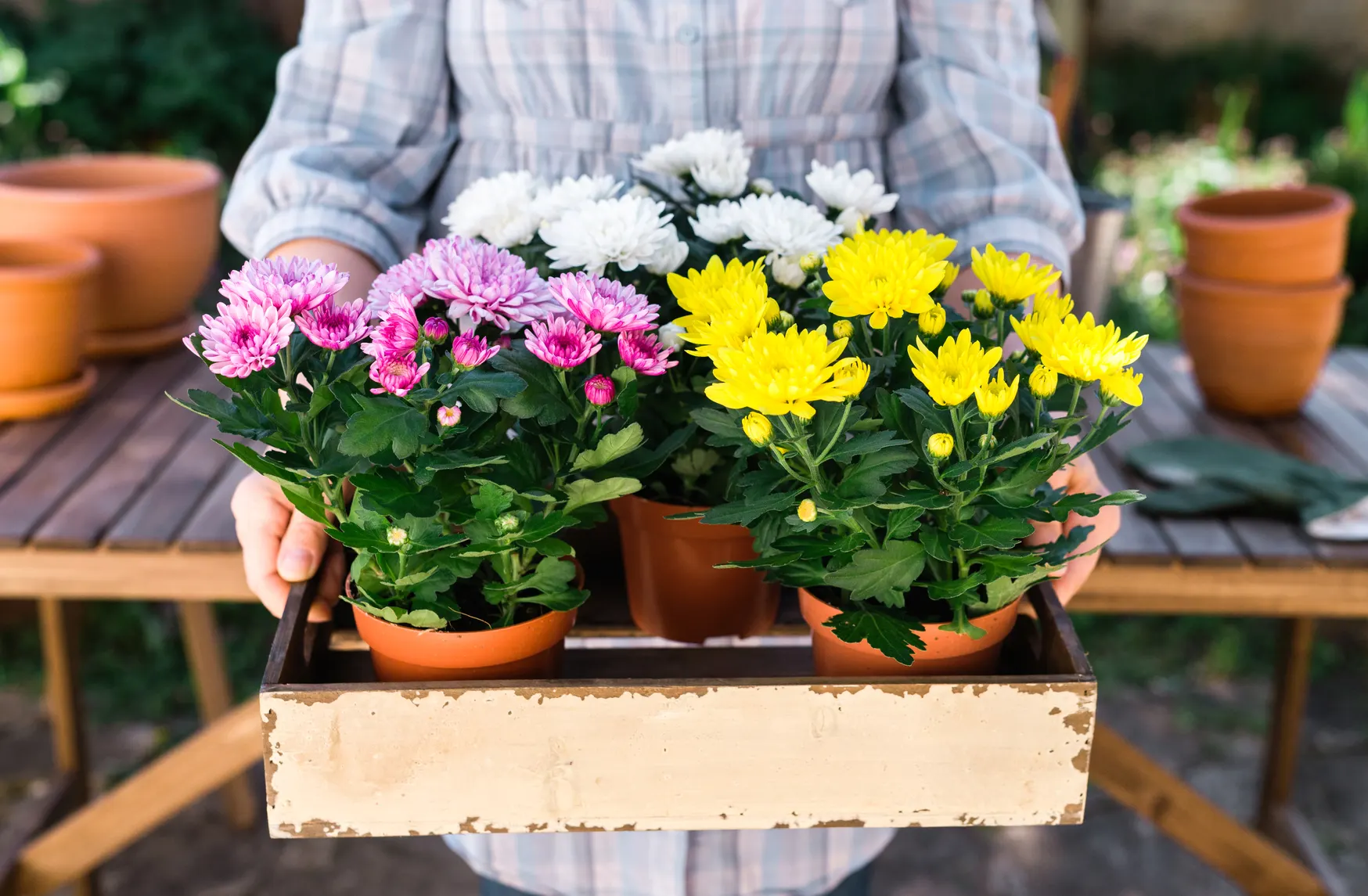
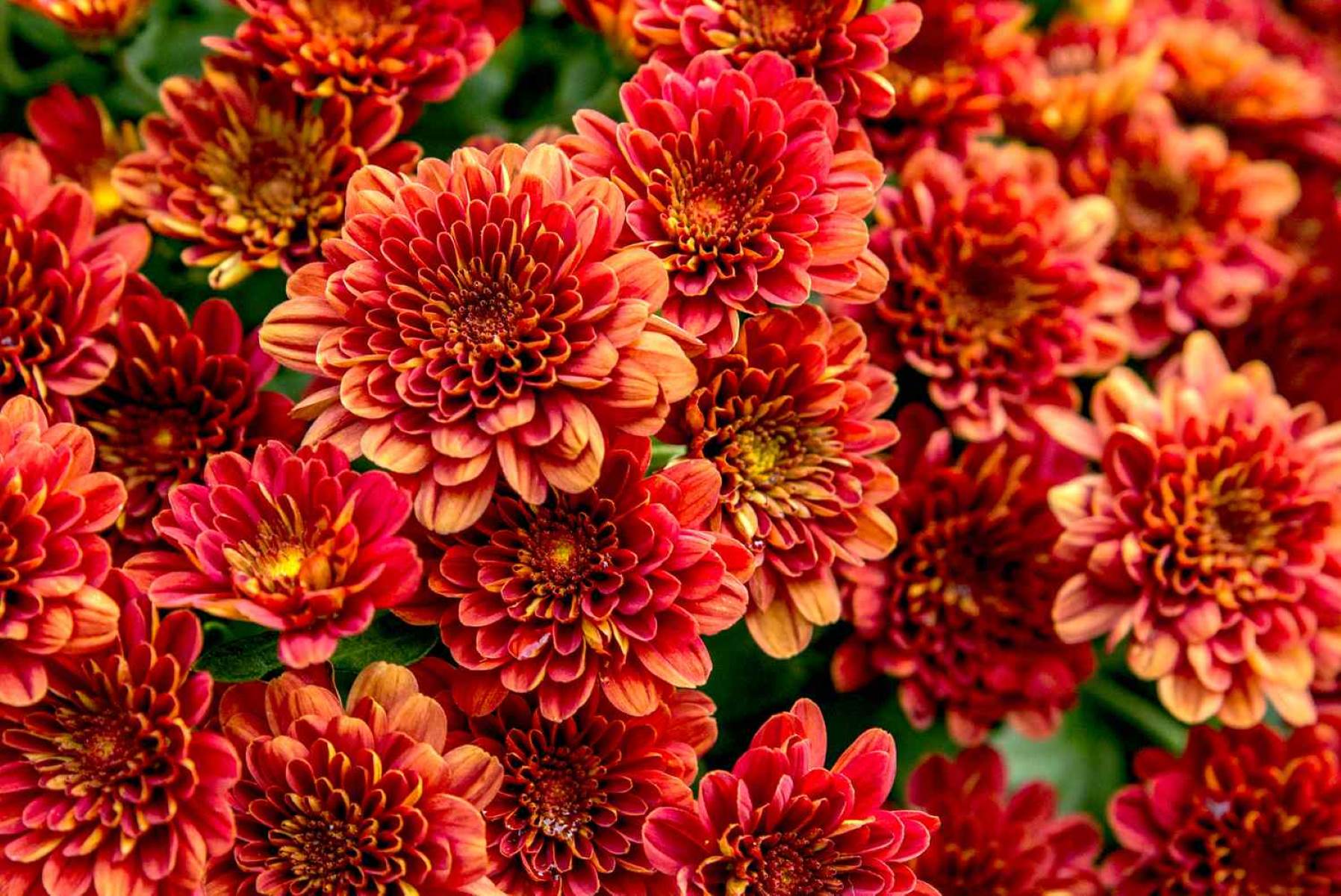
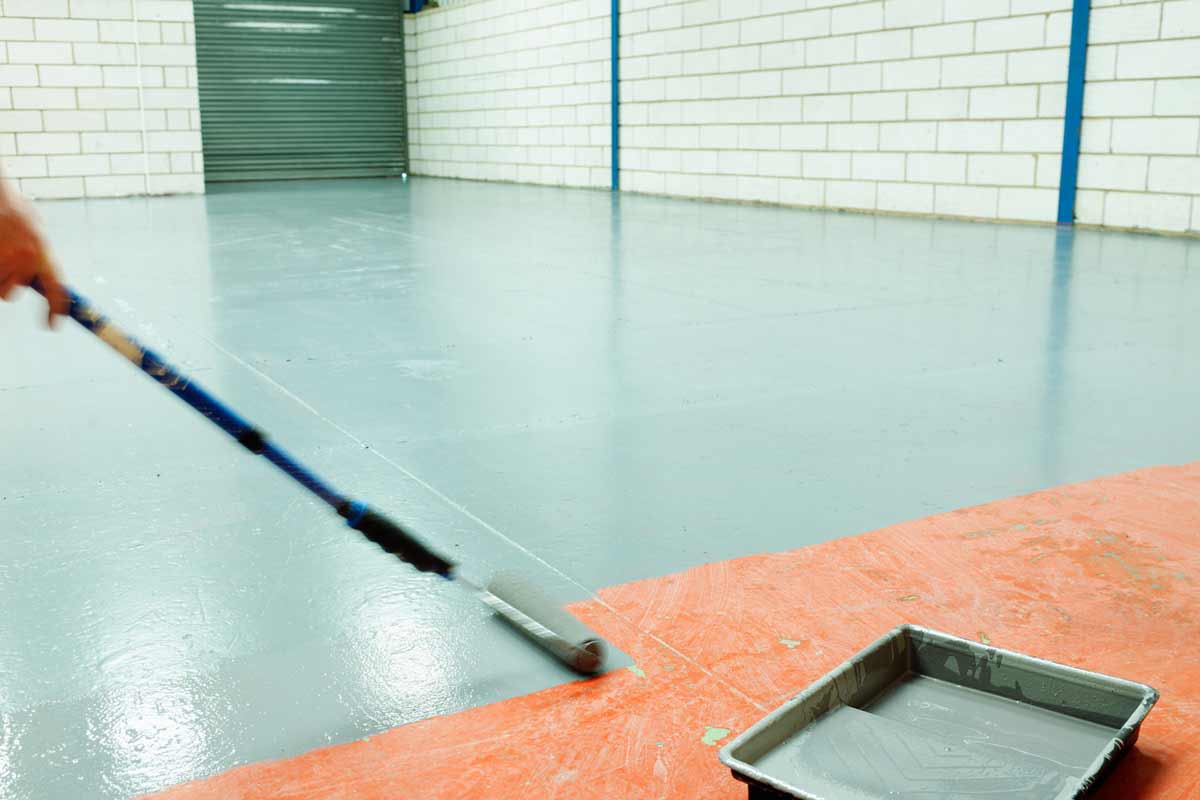
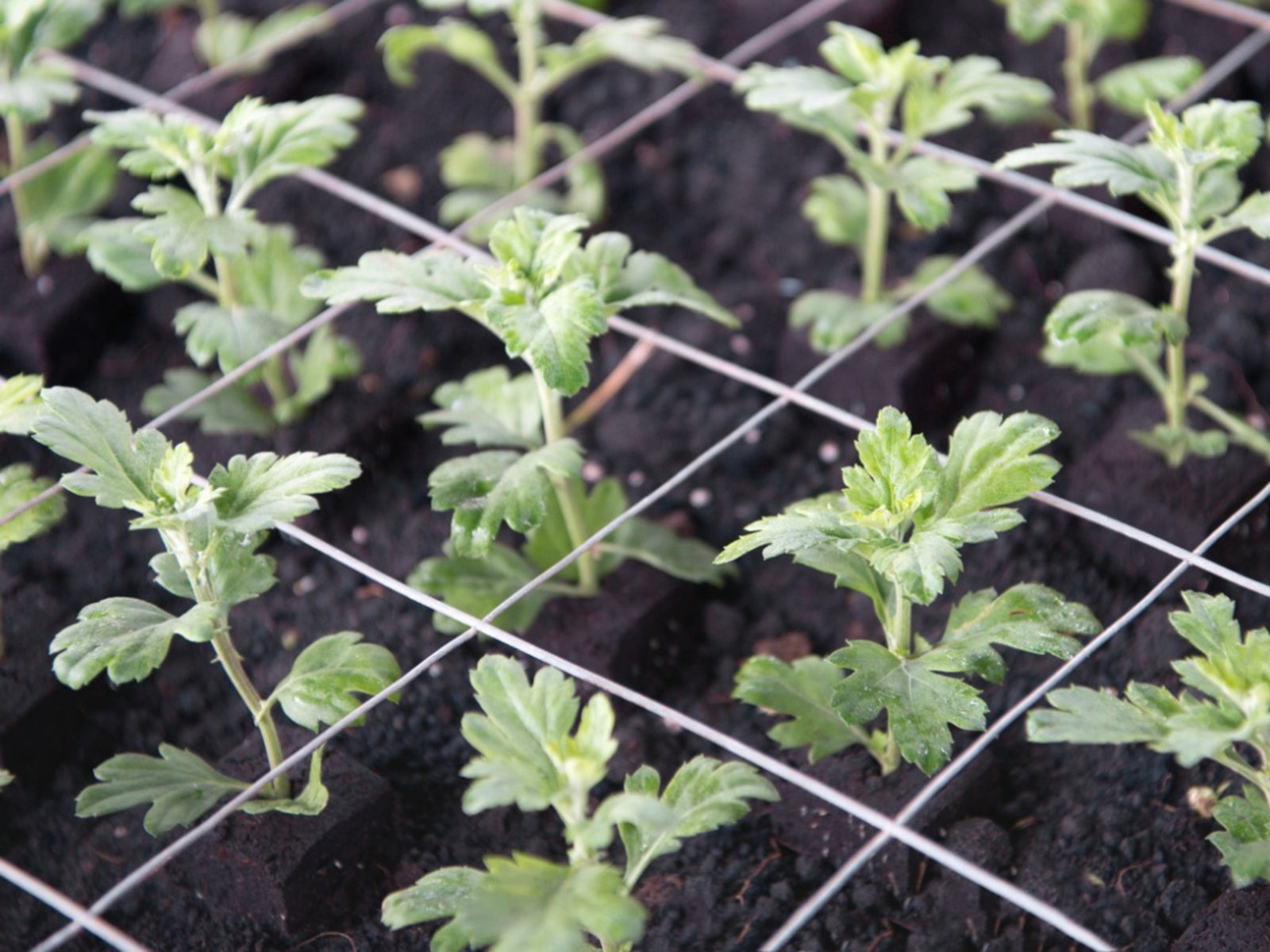
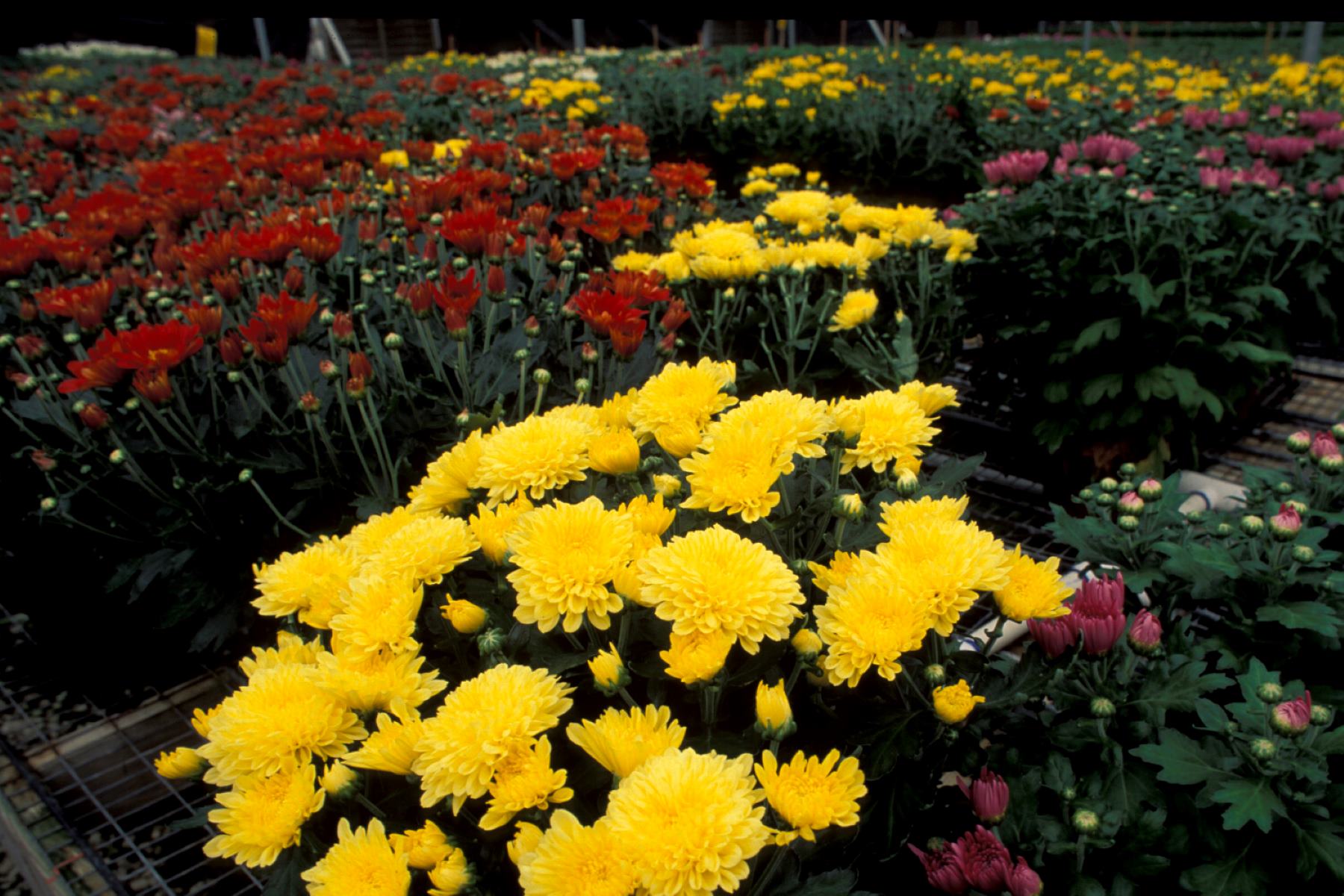
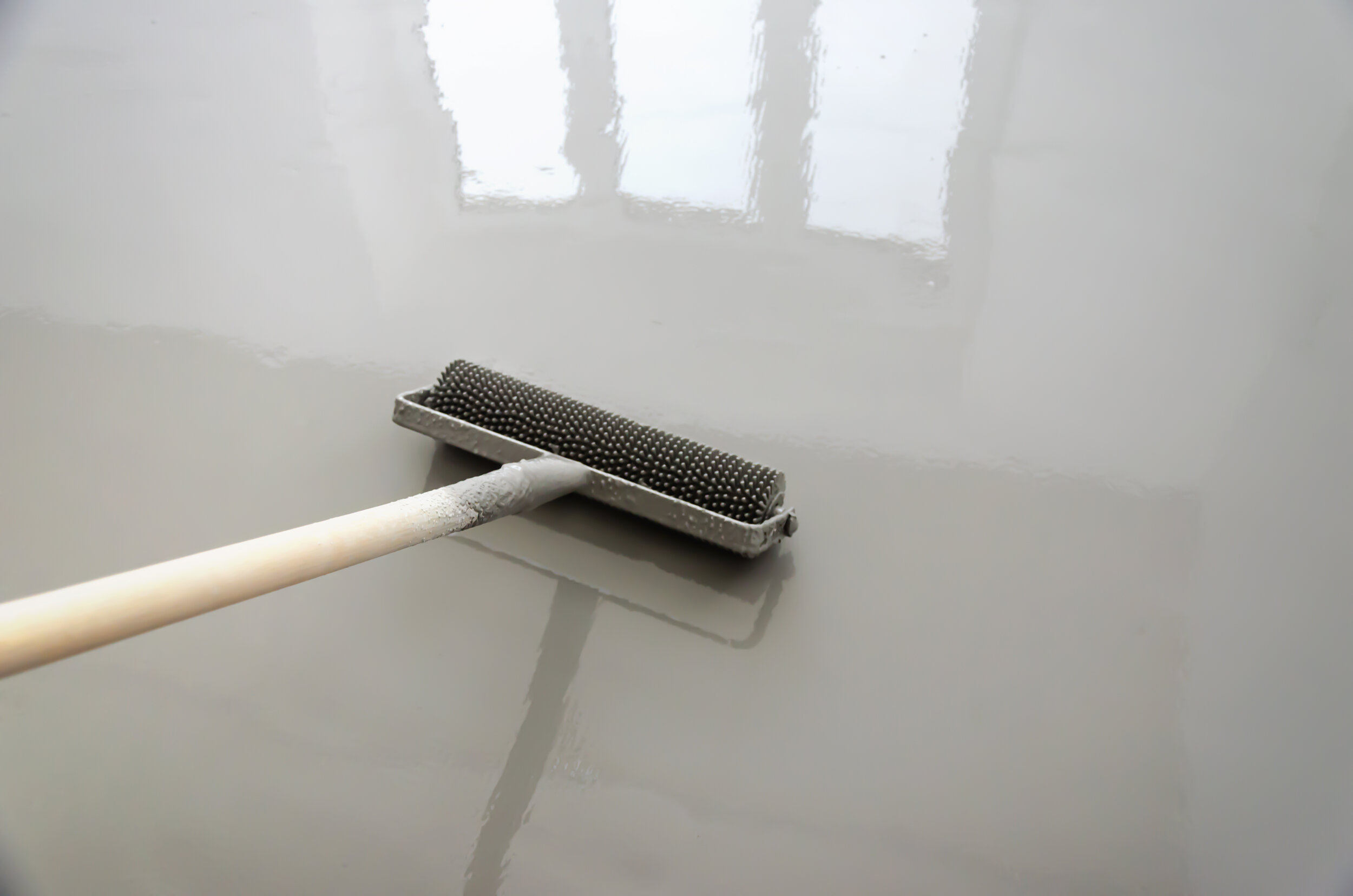
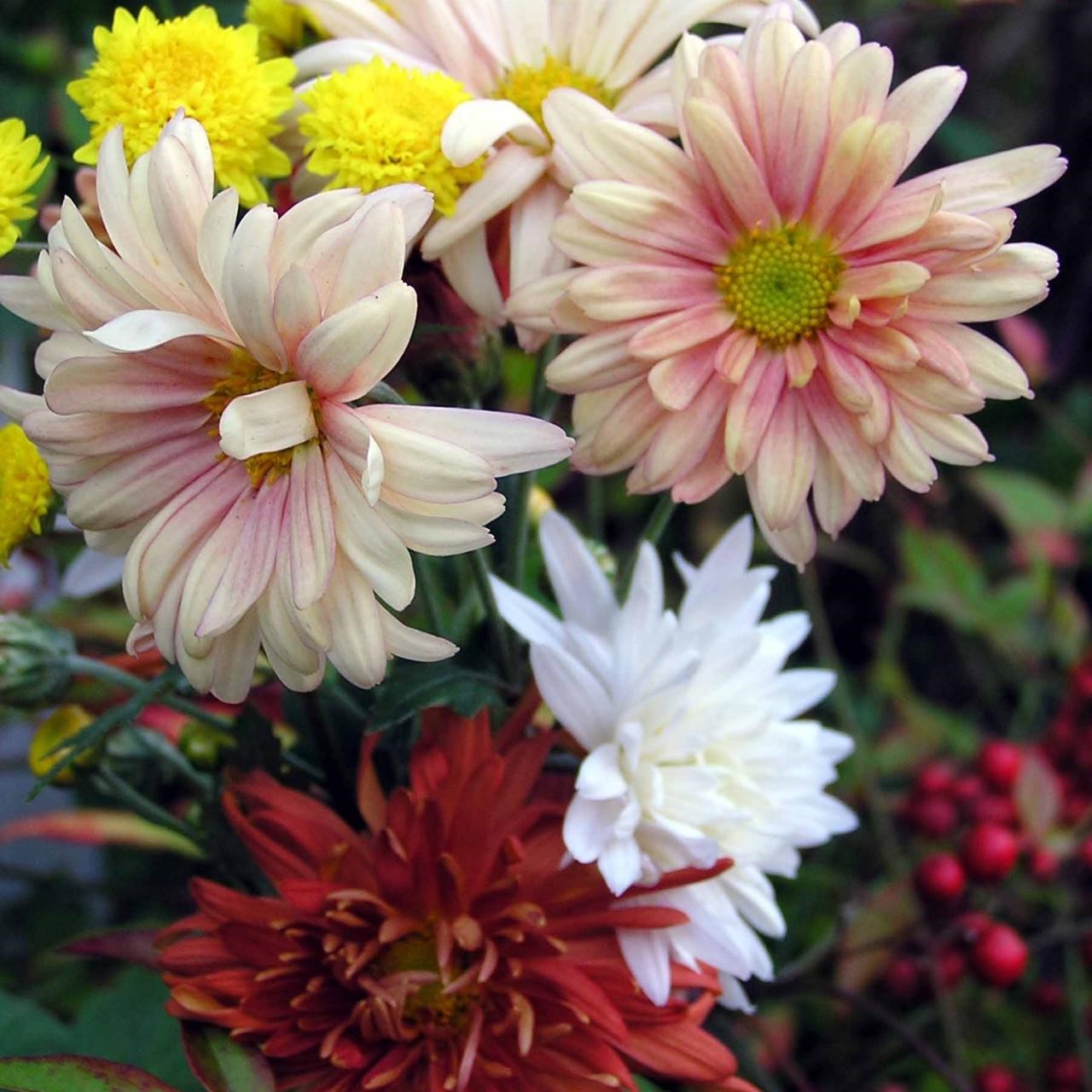
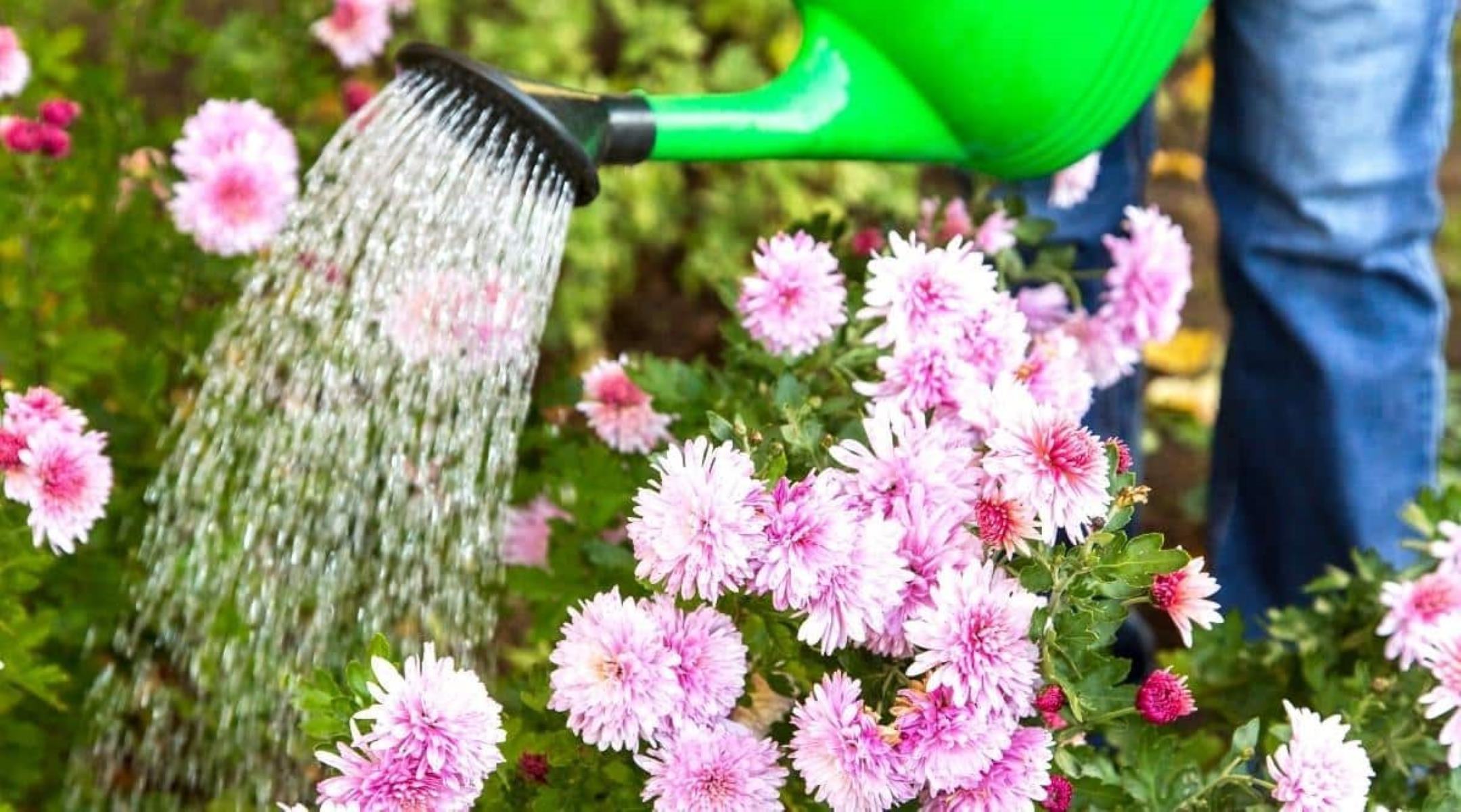
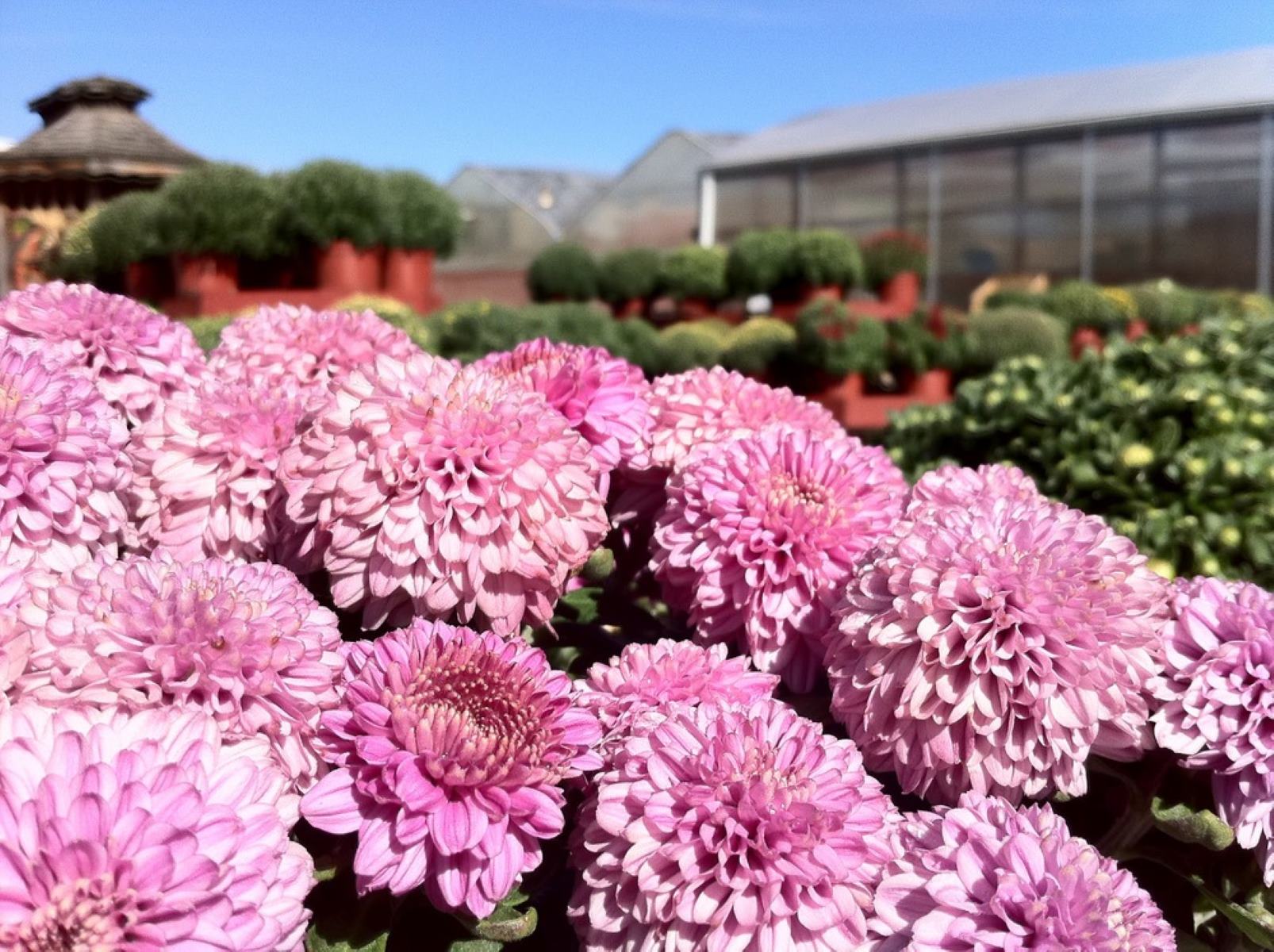
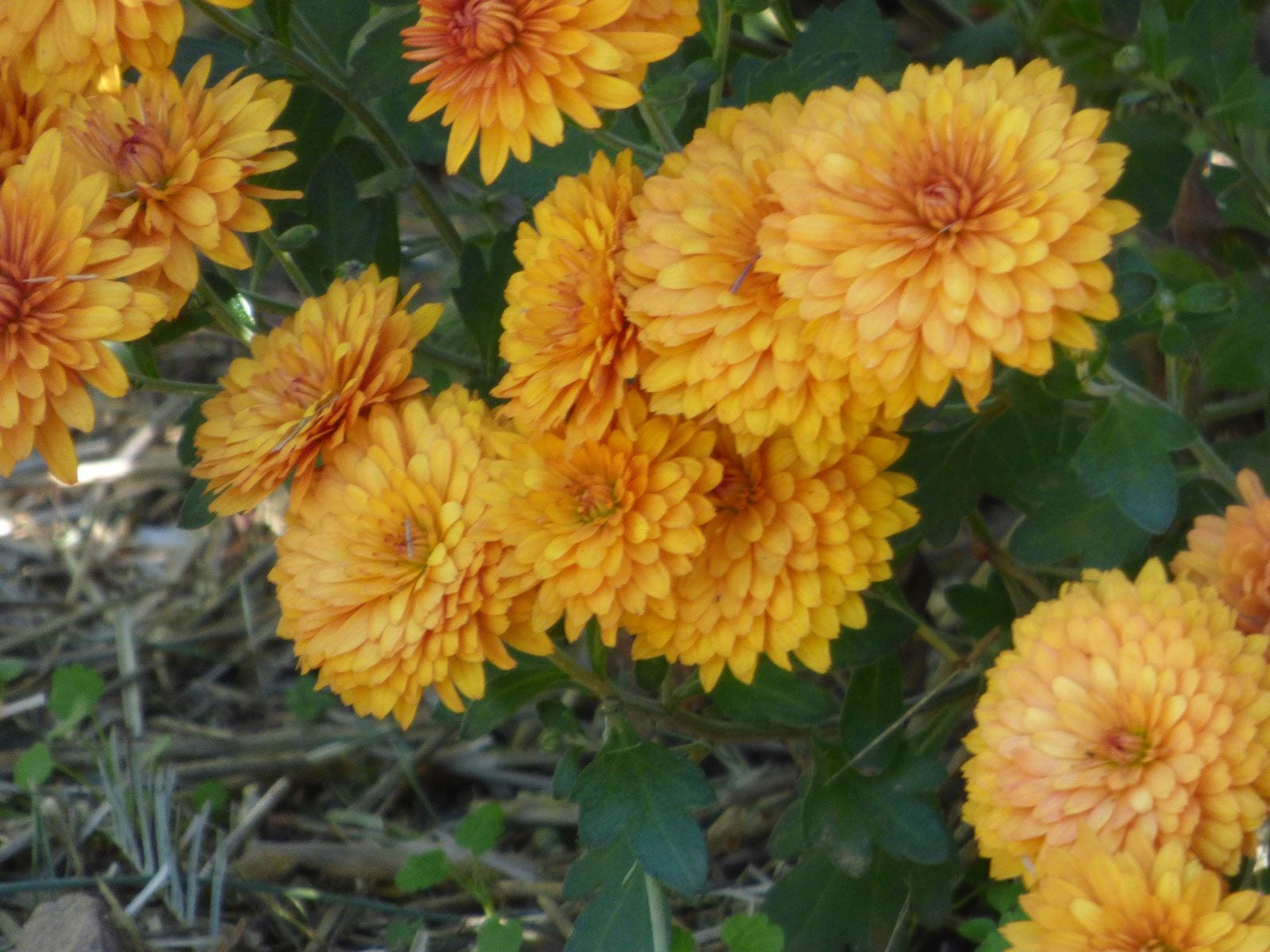

0 thoughts on “How To Take Care Of Pelee Mums”